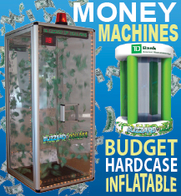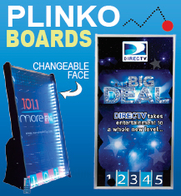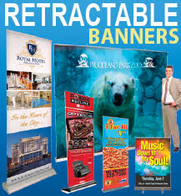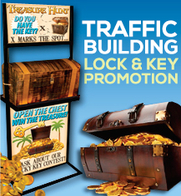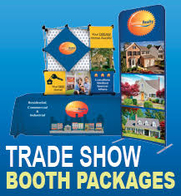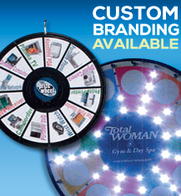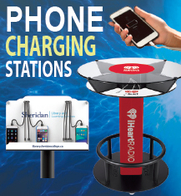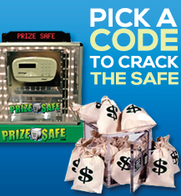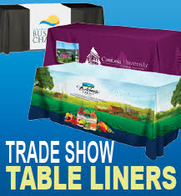 As an exhibitor, one of your main challenges leading up to a conference or event is keeping track of preparatory details. Unless you have a natural organizational talent, a trade show checklist will be essential. There are simply too many important details to remember.
As an exhibitor, one of your main challenges leading up to a conference or event is keeping track of preparatory details. Unless you have a natural organizational talent, a trade show checklist will be essential. There are simply too many important details to remember.
The delivery of exhibition booth graphics, staff training, making hotel reservations, reserving airline tickets, customer appointments, competitor analysis, and packing are just a slice of the entire process that must be completed before the event. Below, I’ll explain how to use a trade show checklist to manage the details, ensuring that everything is accomplished with as little stress as possible.
Goals And Objectives
Your checklist is more than just a “to do” list. It should help you review your budget, goals, and objectives for each show. This is true whether you’re trying to reinforce your company’s brand, increase awareness of a new line of products, or collect qualified leads with whom to conduct business in the future. In effect, your checklist is your guide. Everything that you do in preparation for the event should be consistent with your overall trade show strategy.
For example, if your goal is to collect leads, you’ll need to train your staff regarding how to approach visitors to your booth. If your objective is to increase awareness of certain products, you should devote time to working with your booth designer to create a consistent theme. Your trade show checklist will be critical in helping you manage each of these areas in a timely manner.
Staff Preparation
Preparing your staff for the show can involve creating scripts for them, role-playing, and answering any questions they might have. Your trade show checklist should establish certain expectations regarding their collection of sales or leads. It should also remind you to assign specific responsibilities to your employees as early as 4 months before the event. Then, schedule weekly or biweekly training sessions to help them develop skills to engage visitors and qualify leads at the show.
Conference Booth Setup
Start planning the design of your exhibit early. 12 to 14 weeks before the event, review the exhibitor handbook to determine space limitations, deadlines, and any other requirements. Trade show booth construction and design, including graphics and lighting, deserve regular follow up to make certain everything is being accomplished according to your time line. If you’re outsourcing the construction of your booth, include reminders in your trade show checklist to follow up every 2 or 3 weeks.
Packing For The Show
The final days leading up to the event are usually frenetic. Even if you’ve planned meticulously, last-minute details seem to crop up without warning. Unless you’ve created a detailed packing list, it’s likely something will be left behind. Your trade show checklist should include a packing inventory, so you won’t forget anything. Business cards, credit cards, laptop, extra clothing, and your cell phone (don’t forget the charger) aren’t missed until you’re thousands of miles from home. Plan ahead by creating a thorough inventory that makes packing simple.
Preparing Your Trade Show Checklist
A lot of novice exhibitors underestimate the amount of planning that is required to prepare effectively for a trade show. But, experienced exhibitors realize the value of starting early. Begin creating your trade show checklist by reviewing your budget, goals, and objectives for the show. Make a note of every action item that needs to be done along with a time line in which it should be accomplished. Most importantly, make sure that your checklist is consistent with your overall trade show strategy.
Over time, as you gain more experience in preparing for conferences and events, you’ll modify your checklist appropriately. The good news is that it’s an investment. Not only is it a critical organizational tool for your next show, but you’ll be able to use it to prepare for future trade shows.








